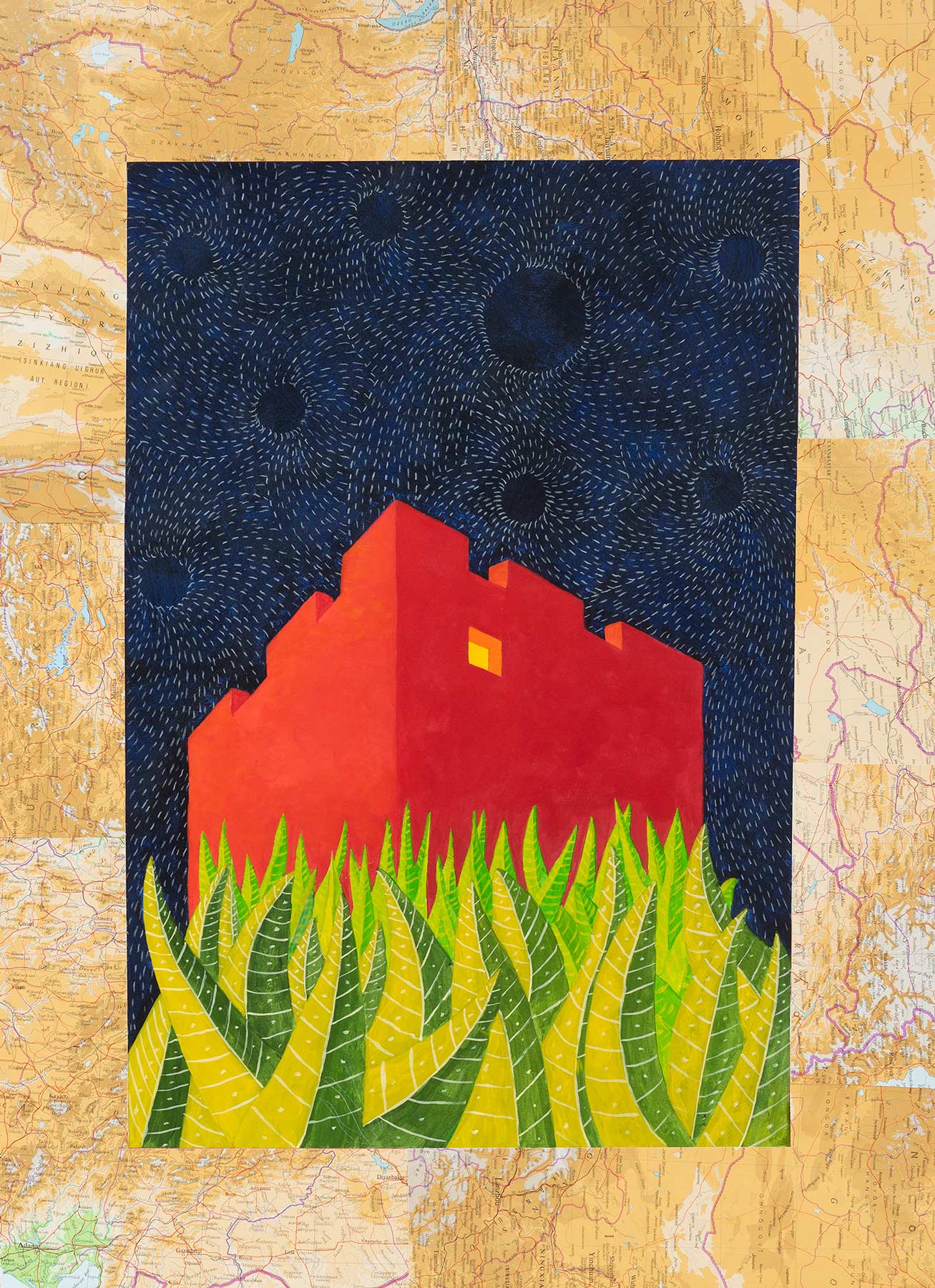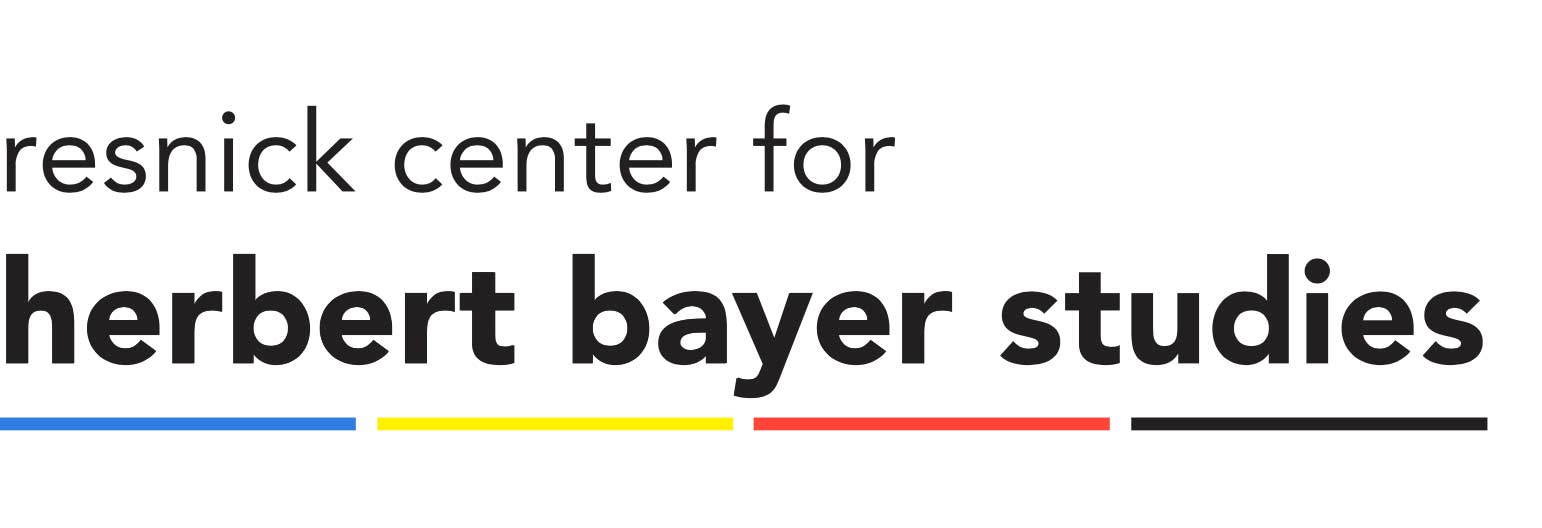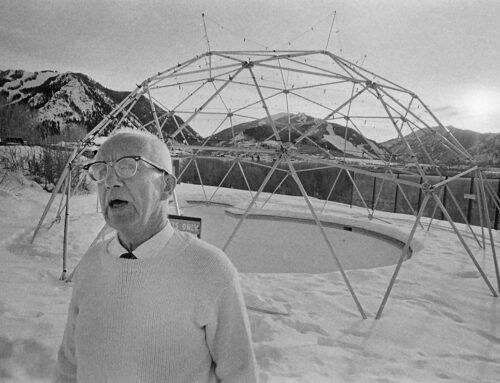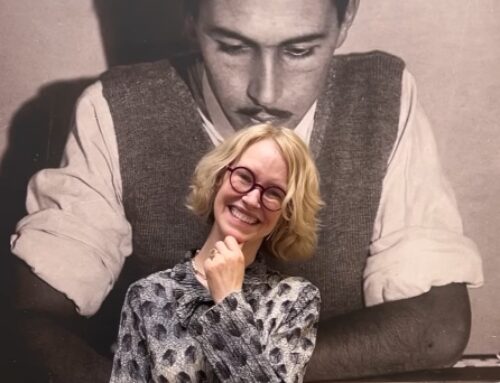
Richard Carter’s Observable Universe
Richard Carter served as studio assistant to Bauhaus artist and designer Herbert Bayer in Aspen from 1972 to 1978. After three decades leading the postwar transformation of the abandoned silver mining town into the cultural and outdoor recreation destination, Bayer left Aspen due to health reasons. At that time, Bayer gave Carter a signed copy of his groundbreaking 1953 World Geo-Graphic Atlas (itself the subject of the exhibitions “Concept of a Visualist” at the Bayer Center and “Charting Space” at the Doerr-Hosier Center). While the atlas was not a direct influence on Carter, he developed scientific interests similar to those that Bayer explored, using his artist’s eye to find new ways of seeing the world around us.
This exhibition includes selected works from seven series in the artist’s career. Spanning 2002 to 2021, these mixed media pieces mark a break from Carter’s signature geometric and constructivist paintings and instead reflect his intense study of Earth sciences and astronomical, natural, and geological phenomena.
Carter’s breakthrough came in 2002 when, living in Southern California, he began experimenting with a telescope, studying constellations and mapping their odd geometries, eventually completing 70-plus Night Sky paintings. That led Carter into series exploring the seas below the stars, then lightning strikes connecting sky to Earth’s surface and then to deeper explorations of our cosmic origins and the building blocks of nature. In this progression of series, Carter worked on celestial and sub-atomic scales, examining the order of nature and the fragility of human civilization, the structure of molecules and the essence of all things. “I was now doing work that was no longer strictly geometrical, but strictly influenced by the science around me: stars, seas, birds, atmospherics, particles and geology,” Carter explains. “It was very liberating to discover I was able to do follow my personal scientific curiosity in an artistic way.”
John McPhee, Pulitzer Prize-winning author of Annals of the Former World describes Carter’s this way. “Richard Carter’s work is so absorbing to look at, trying to discern what was in his mind as he transliterated glacial effects, the structure of geophysical hot spots, magnetic anomalies and so forth. It reminded me of Paul Klee, not at all in an imitative way, just in the imaginative way Klee turned stratigraphy into items befitting the walls of museums.”
Included in the exhibition are two European Atlases designed by Herbert Bayer. In the years following the publication of the World Geo-Graphic Atlas, Bayer pursued two subsequent collaborations with the Novara-based Istituto Geografico De Agostini—the source for the Atlas’s international maps. These German and Italian-language volumes include new explorations of Bayer’s visualized “observable universe”, many of which are directly relatable to Richard Carter’s own Observable Universe.
Save the Date:
Conversation with Richard Carter
Hurst Lecture Series | December 20, 2023 | 6 – 7 pm Paepcke Auditorium
Event is free and open to the public, registration required.
SOF members-only reception with speakers | 5:00 – 5:45 pm
more



